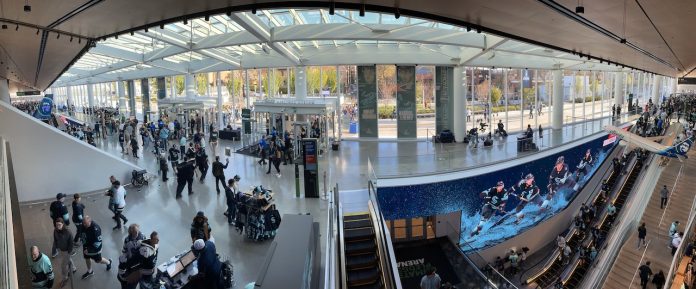
We deem that this year in Seattle Sports was PRETTY GOOD. We wished farewell to a G.O.A.T, while witnessing a playoff force rising from The Deep. It’s been a good time. Unless you are a fan of the Seahawks or currently cheering for the Mariners. Sorry about that. Either way, with WNBA and MLB in the middle of their long seasons and the other sports on hiatus till the fall, it’s time for the annual Sports Year In Review.
Admittedly, some local pro seasons are feeling kinda listless. The WNBA Storm are rebuilding following the departure of Breanna Stewart and the retirement of absolute legend Sue Bird. Both the OL Reign and the Sounders keep dropping points in tie games. Both are third in their divisions, with the Reign looking up at Portland, which is profoundly unfortunate. The Seahawks went from last to second in their division, not showing any real improvement but the ability to sustain as LA and Arizona fell off the table. Their effort was rewarded with a drubbing by the 49ers in the first round of the playoffs.
It’s hard to place the Huskies’ season. Football did fine, but nothing notable other than winning the Apple Cup. Neither basketball team showed up. Women’s softball won the super regionals and men’s soccer led the standings most of the season. Unfortunately, most good news was overshadowed by machinations outside the individual games. As the news broke just about this time last year, UW’s Pac-12 conference rivals University of Southern California and UCLA will be moving to the Big Ten, whose current furthest western outpost is Nebraska. At some point, the Pac-12 will be renewing its media rights deal. Whatever amount the desiccated husk of a league can swing is going to be a sign of how many years it will remain together as a group.
We reserve a unique spot for the Mariners, as they did end last year’s season in the playoffs for the first time in 21 years. The team must have felt 2022 went so well that they decided to play a double-stuffed game in the playoffs. This year’s team is not doing as well, to this point, it was deemed disliked by the for-profit newsroom that should know how that feels. We should point out that last year’s Mariners’ outlook was “not high” at this same point, and they were only beginning what would become a 14-game win streak. Both of the last two seasons saw the Mariners bang out double-digit win streaks that may have been the difference in staying in the playoff race, but this has not yet manifested this year.
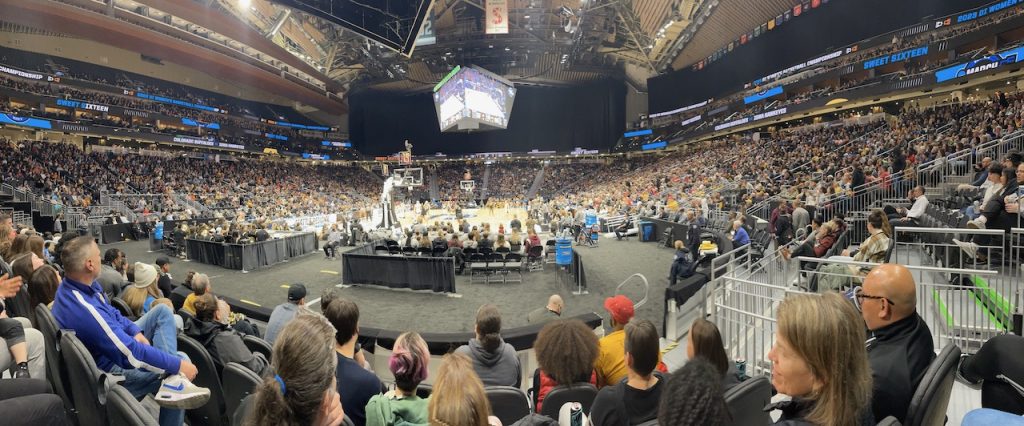
So let’s get to the good news. The USA Rugby Seawolves made it to the conference final, but lost to the San Diego Legion 32-10 on Sunday night. Not a totally surprising outcome as the Seawolves had already lost to the Legion twice this season. The championship is scheduled for July 8 between San Diego and the New England Free Jacks. Also local favorite Ballard FC is leading the Northwest Division with 25 points. They have only dropped one and tied one of the ten played this year, with two contested matches to go.
And then there’s the Seattle Kraken. Going into their second season, the team gelled on the ice, broke through to the playoffs and upset the defending Stanley Cup champion Colorado Avalanche in the first round. They went on to take the Dallas Stars to a full seven games before losing 2 to 1. Gotta look back on Game 3 when the Kraken posted SEVEN goals and wish they had judiciously spread those out a bit more, but all in all a fantastic season to experience with a growing and maturing Seattle hockey community. Noted improvement in the quality of booing this year.
Now, as a holder of a Blue Line season ticket, I do get a moment here to gripe. The Blue Line package was the half season ticket plan for folks who wanted to watch the team lose 67% of the time, plus all the playoff games we attended. That’s a roll of the dice, so I’ll reserve my ire for something else: Climate Pledge removed the refillable cups and soda stations throughout the arena. Apparently the plan is to replace the most family-friendly food options with vending machines. The overall food program at the arena is super good, if pricy. But between poor decisions about soda fountains and the dearth of ice cream options, it’s hard to justify bringing kids to the game more than once a season.
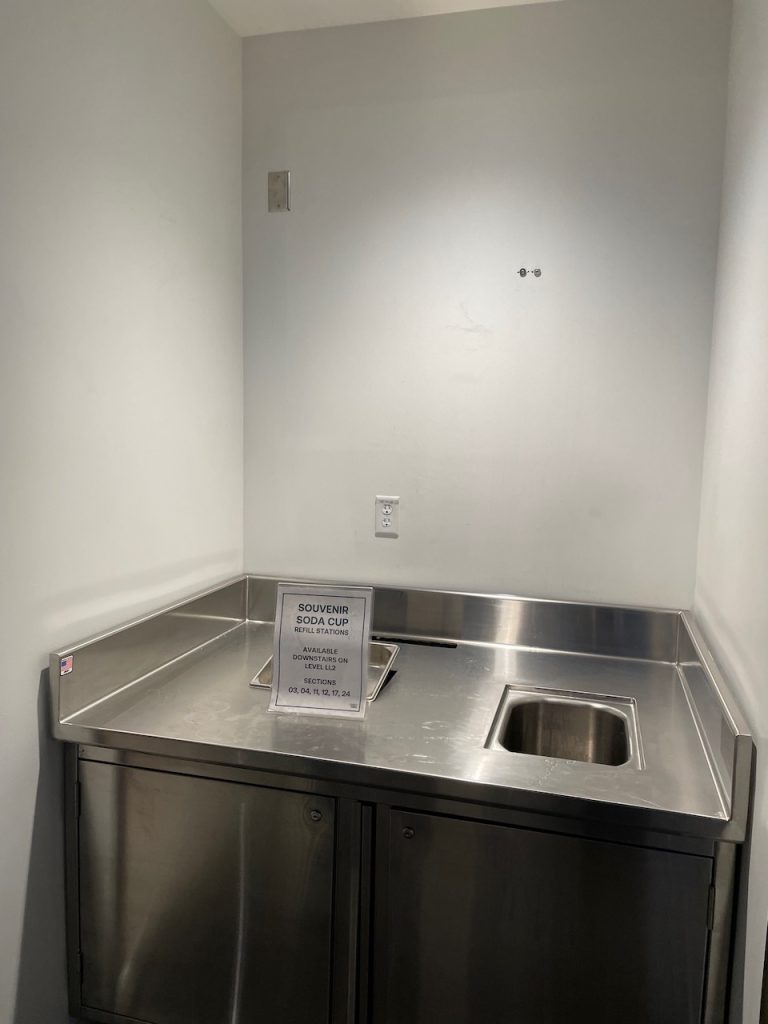
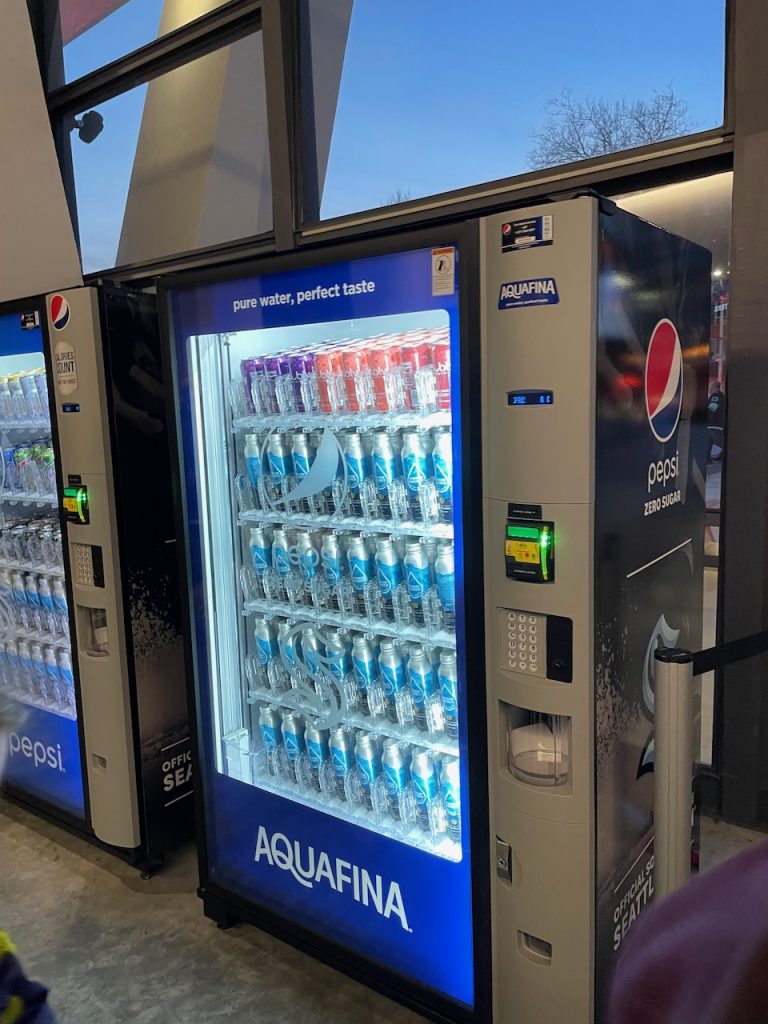
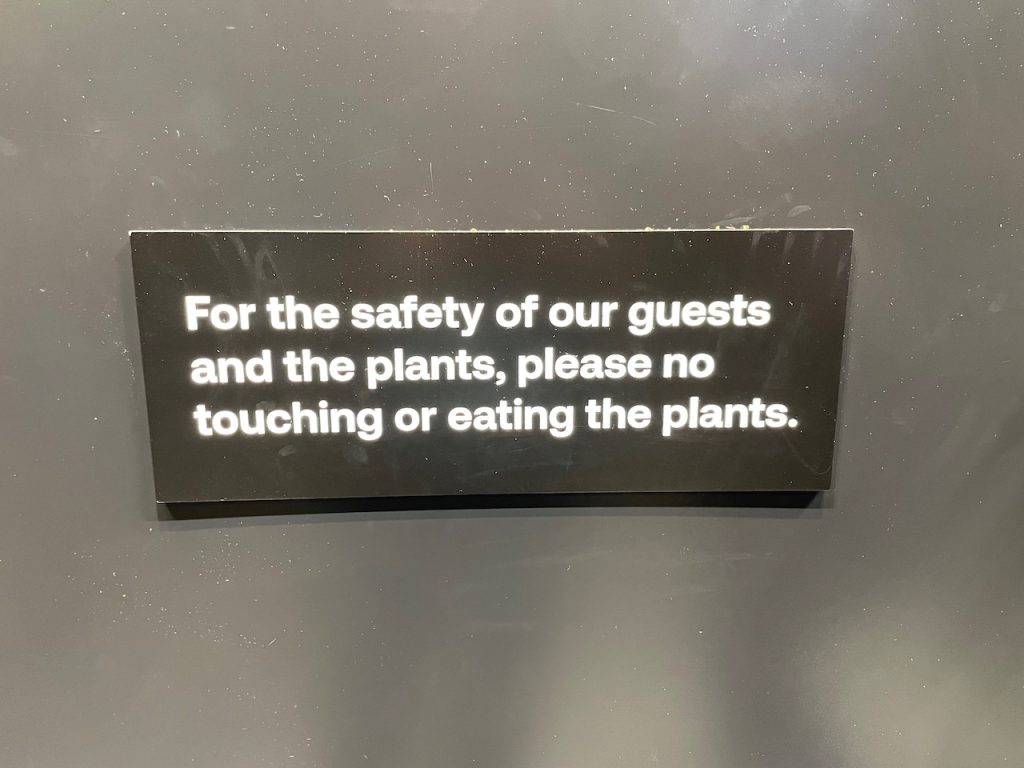
The other good news about sports in Seattle is that the events just keep rolling in. This year, Climate Pledge Arena hosted its first NCAA tournament games, Women’s Sweet Sixteen and Elite Eight rounds that featured eventual finalist Iowa. Next week the city will be home to the MLB All-Star Game with dozens of events in and around the stadiums, including a home run derby and a celebrity game. T-Mobile will also serve winter duty as the site for the NHL Winter Classic, when the Kraken will play their spiritual twin Las Vegas Golden Knights outdoors on New Years Day.
Actually Building Stadiums (and Environs)
Of course, one of the biggest things we pay attention to here at The Urbanist is the stuff going on around the game. Specifically the buildings.
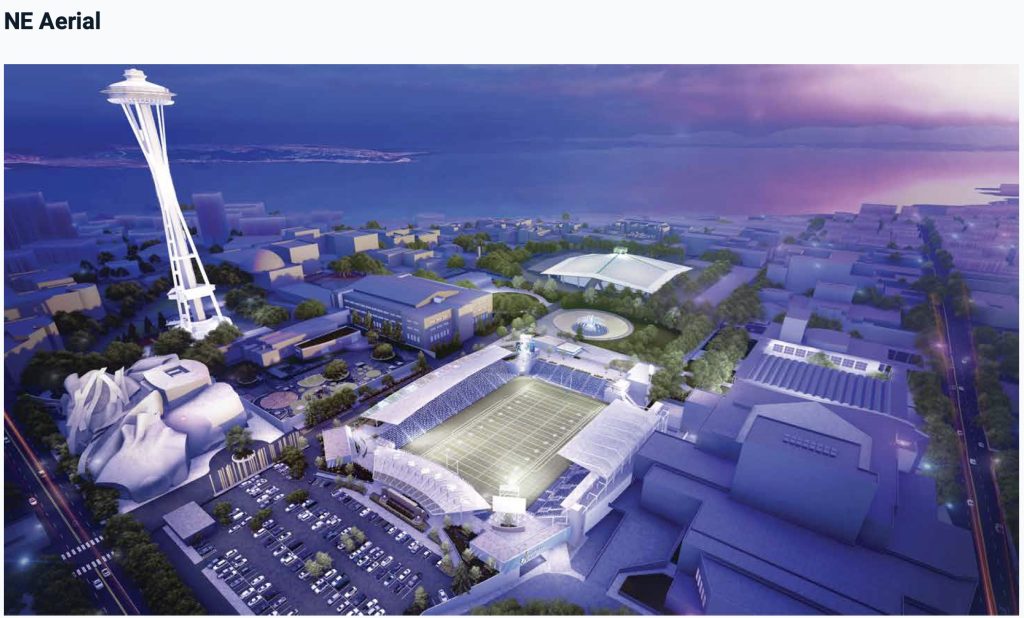
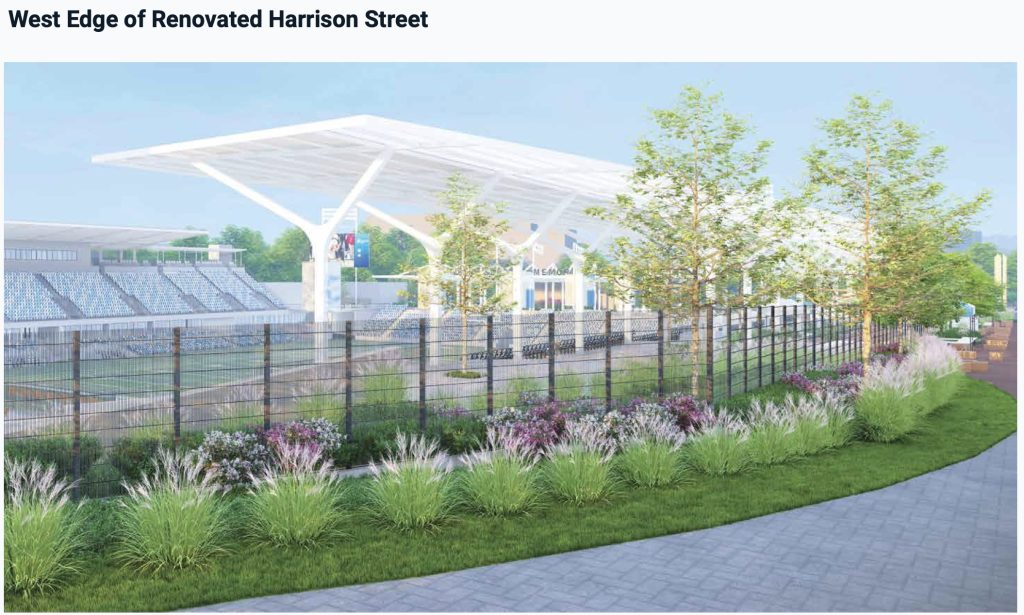
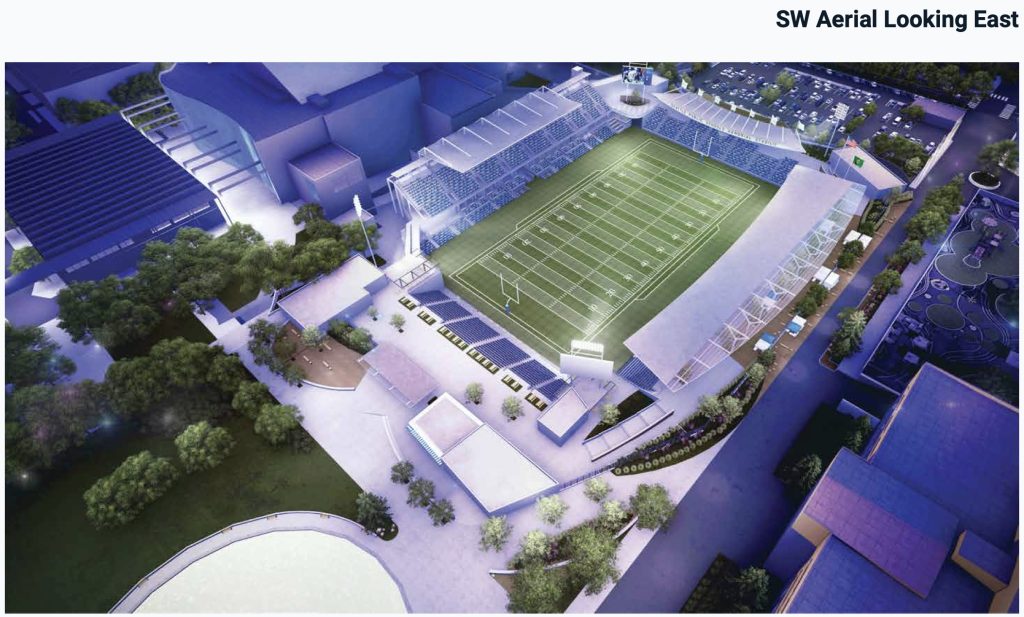
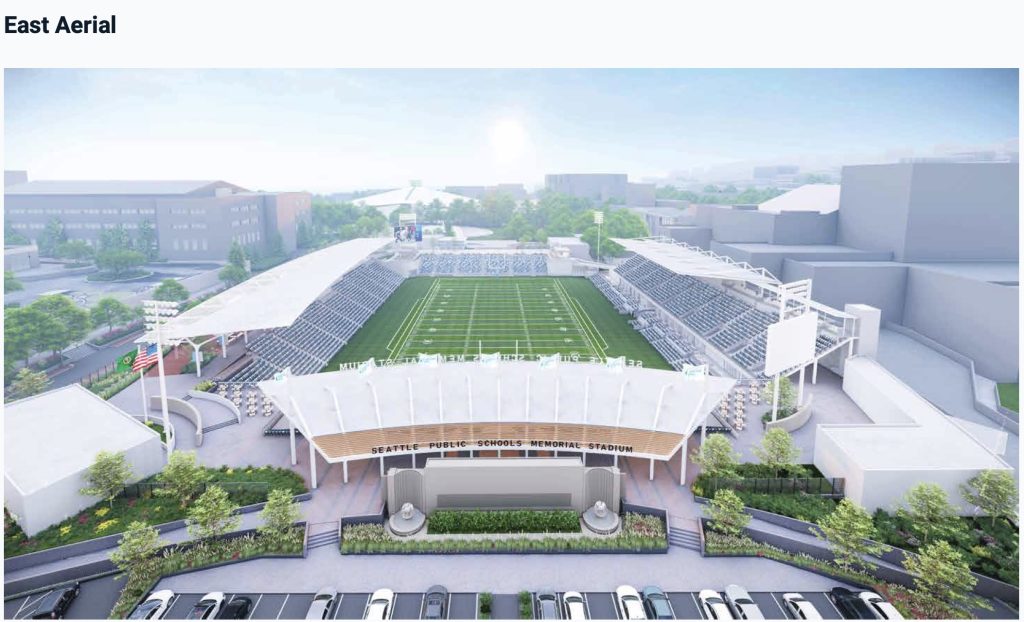
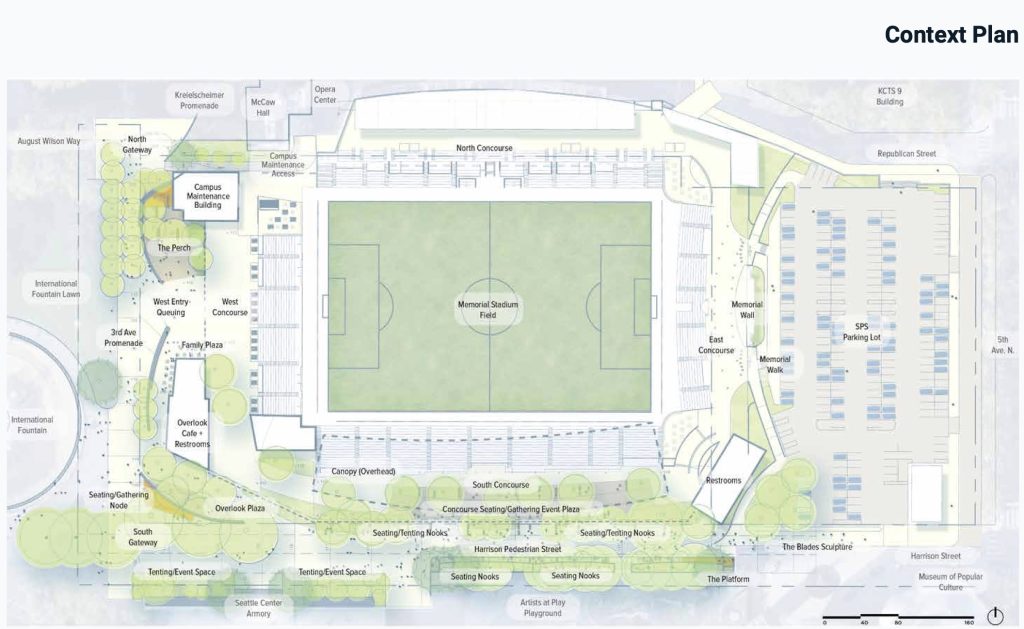
The year’s big stadium news was the City accepting a proposal to rebuild Memorial Stadium at Seattle Center. Replacing the aging Seattle Public Schools facility was the partial subject of a 2022 education levy, and garnered two proposals. The current funding for the redevelopment includes $66 million from the BTA V Levy, another $35 million from the City in two clumps, and $4 from the state, all totaling $105 million currently on the table.
The accepted proposal came from the One Roof Foundation, an offshoot of the consortium that renovated and operates Climate Pledge Arena. Touting a “student centered non-commercial” approach to build “a stadium in a park,” the proposal will develop a 10,000 seat renovation essentially within the existing footprint. It loses 2,000 seats from the current stadium, but preserves the east-west alignment and sinks the field to remove many of the high walls that fortify the current stadium from the Armory and International Fountain. To the east, the memorial wall and parking lot will remain in place. The cost of this plan comes in at $165 million, comparatively modest compared to estimates reaching approximately $250 million.
The unsuccessful proposal was submitted by real estate groups JLL and Poag Development Group and leaned into making an entertainment complex around the renovated stadium. Their concept would have turned the field to a north-west alignment, with a new plaza covered by a west bleacher seating bowl heading towards the International Fountain. To the east, seating would be more limited, but the parking lot would be replaced with an extensive food and beverage complex and a black-box event space. The memorial wall would have been replaced by a Memorial Walk. The cost for the 8,000-seat stadium would be $229 million.
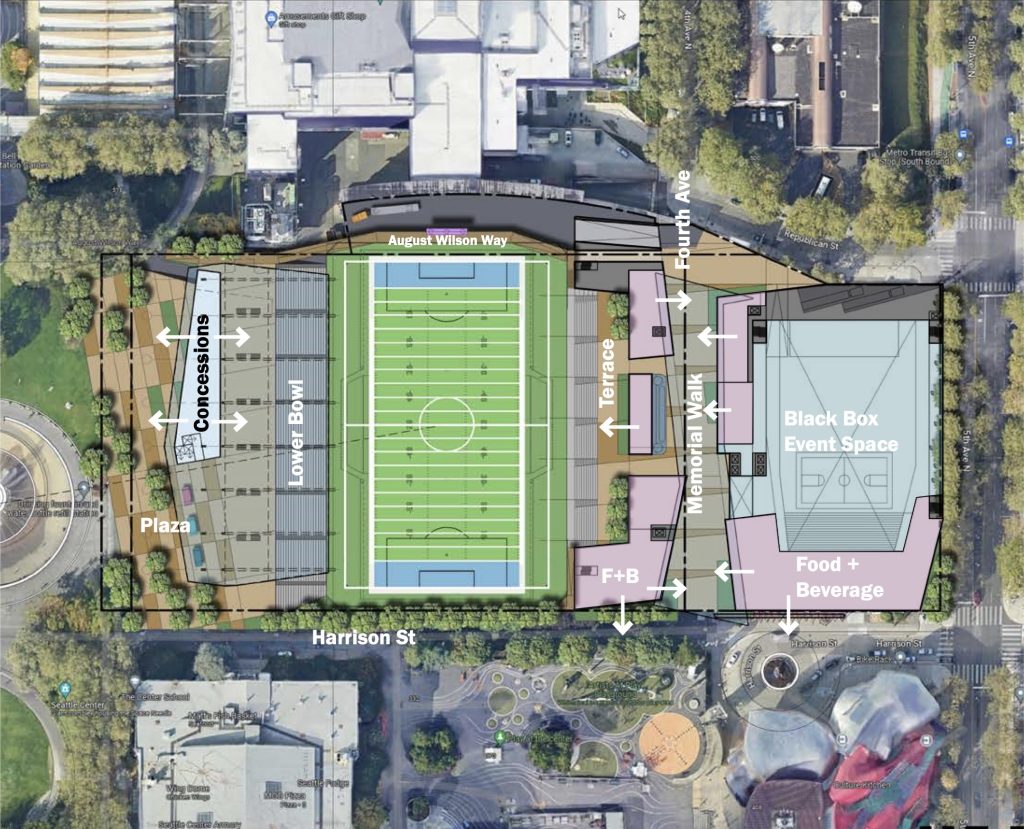
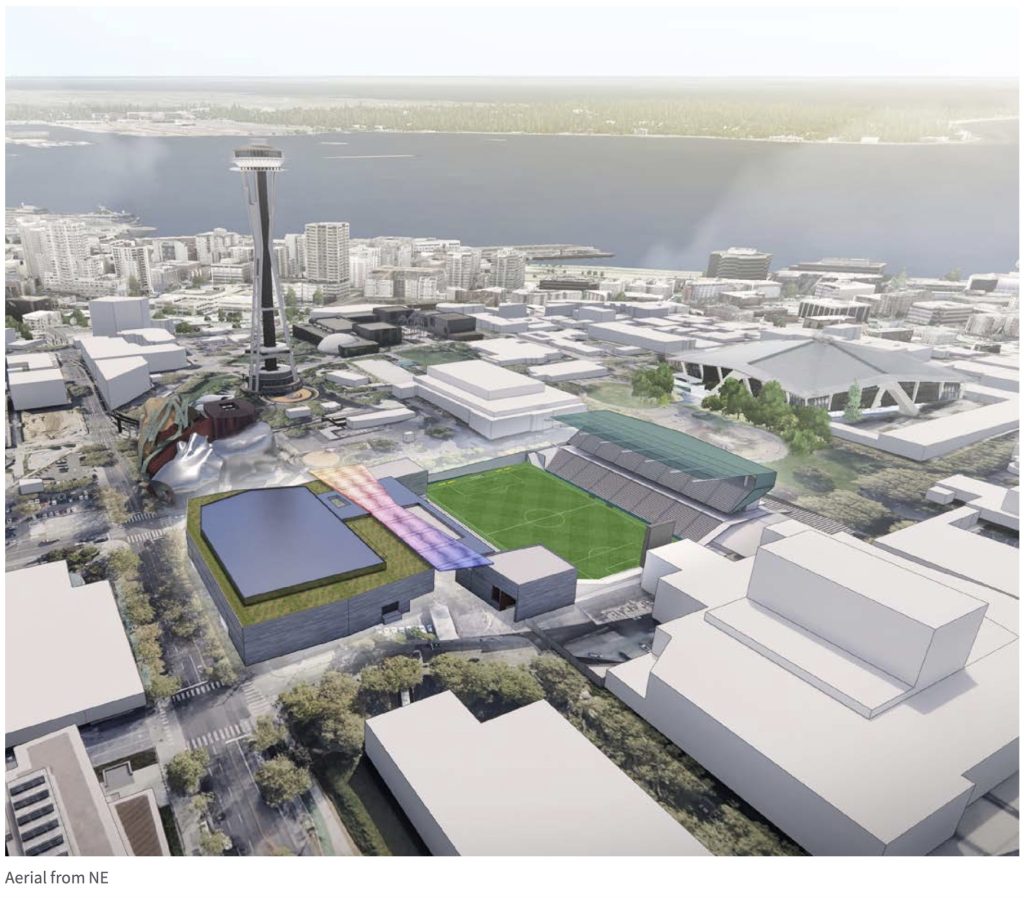
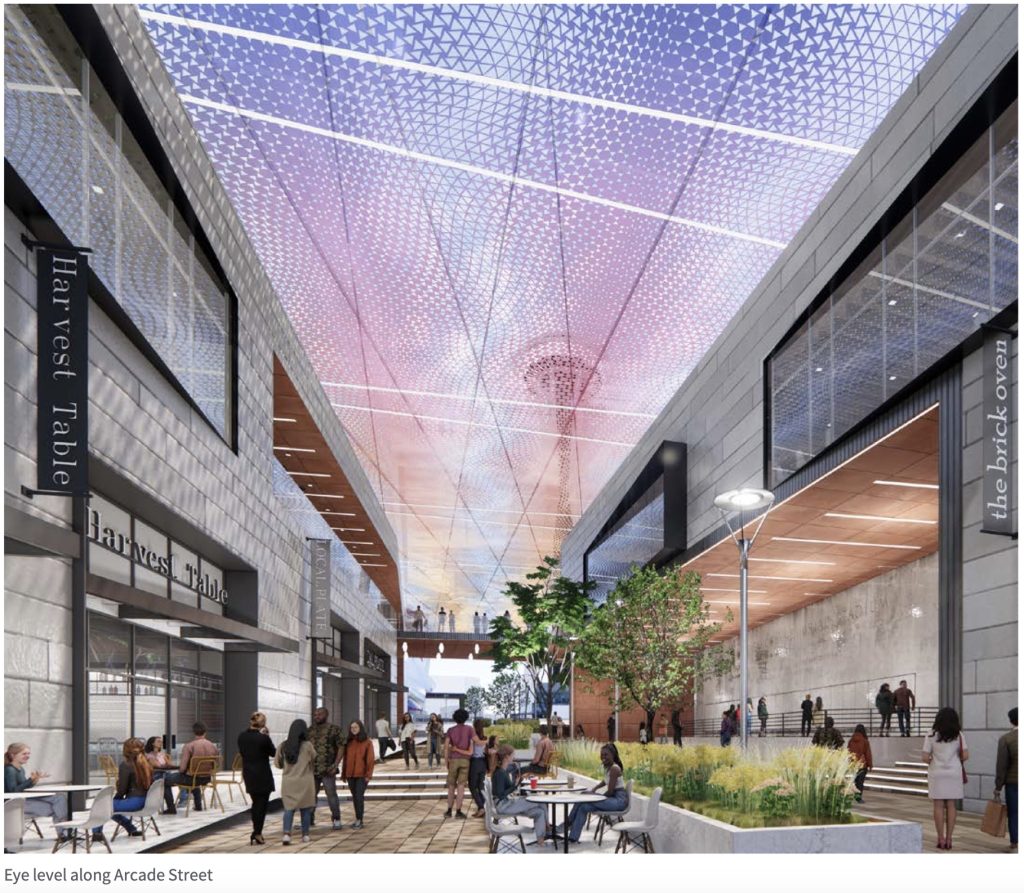
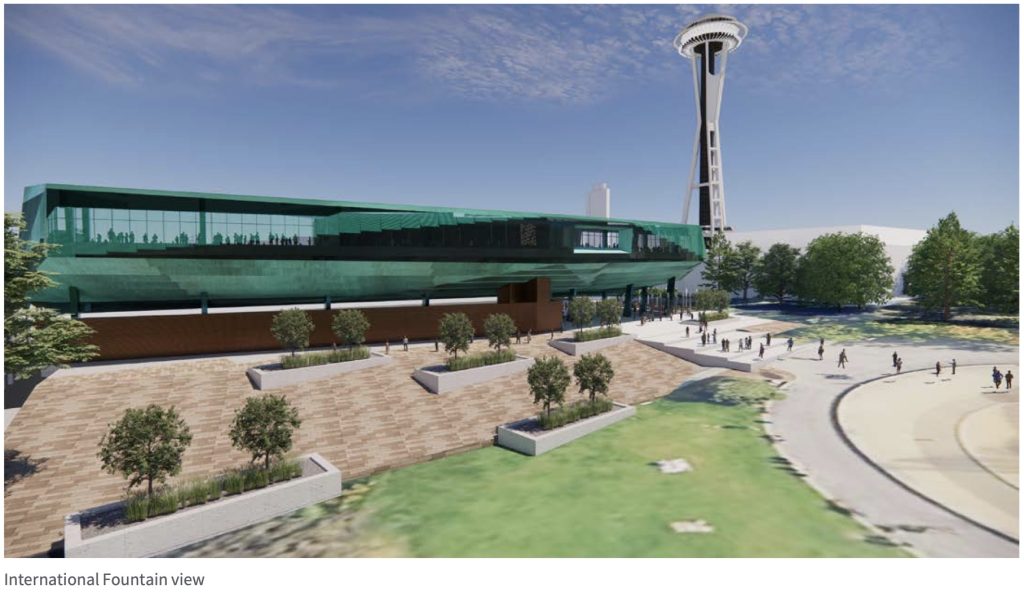
The correct decision was probably made to go with One Roof, both from a financial standpoint and integration with the overall Seattle Center campus. However, one cannot help but appreciate JLL/Poag’s attempt to do something different with that east parking lot, even if they put a ton of structured parking underground. There is a lot of change coming to this corner of the Worlds Fair site, including the move of KCTS 9 leaving an empty building just north of the stadium as well as light rail alignments along Mercer. This is in addition to hundreds of new apartments on the Taylor Street corridor and penciled-in plans for a third building at the Gates Foundation. Plans for something other than surface parking should be underway already.
The other big news in sports-related development is Chris Hansen’s SoDo properties once again getting caught in a City Council bind. When last we checked, the blocks of redevelopable parcels south of T-Mobile Park were being denied an alley vacation to build a basketball arena. That vote set off a cascade of events (and ugly, sexist threats) culminating in the NBA-ready and NHL-occupied Climate Pledge Arena three miles north in Seattle Center.
In June, the City Council put the final touches on a rewrite of the city’s industrial zoning designations. As we have covered, the amendments address the pressure cooker of industrial lands by opening many to modern industrial uses while reducing threat of conversion to big box retail and mini-storage. As we have also mentioned, the industrial lands saga is a multi-faceted wrestling match, pitting against each other many groups that should be aligned.
The Hansen properties are stuck in just such a bind. The stadium district – Lumen Field, Lumen Field Event Center, T-Mobile Park, and the associated hotels and parking – draws in figuratively tons of events and cars and people. Directly adjacent is the Port of Seattle, which needs to move literally tons of freight traffic that really does not like having its access routes bound up by events and cars and people.

Hansen’s property is right on the southern edge of the stadium district, and completely surrounded by Freight Plan designated “Major” freight class arterial streets. So, when the opportunity arose to rezone these properties to one of the new industrial zoning designations that allowed for residences and tech space, the contest was set. The developer applied to be part of the rezoning, with the blessing of the nearby stadiums. The Port of Seattle and the International Longshore Warehouse Union applied the kibosh.
Now, a billionaire tech mogul developer who didn’t get the city to build his toy box doesn’t really need a lot of sympathy. Nor should we be in such a precarious position that the loss of 900 apartments on a busy arterial could make or break the city’s housing market. But here we are.
It is noted, however, how many stories this year aren’t about the games, but about being sectioned and delineated. Whether it’s the hard truth about Blue Line tickets getting 80% of the team’s losses, or a couple schools not moving but changing their flag from “Pac-12” to “Big Ten,” there are so many points where we see these arbitrary lines as being inordinately important. Really it’s a football mentality inside and outside the game, where you take enemy territory and failure to do so is an absolute loss.
Unfortunately, the “fight for that inch” mentality extends outside of the places the games are played too. Cycling organizations and freight groups that could find common ground over better roads and less traffic are instead set to fight over limited real estate that’s not devoted to cars. Building unions and affordable housing advocates and transportation unions that should find common ground over livable homes near good jobs are instead set to fight over the limited space devoted to anything except the most expensive detached housing. Real estate developers and the Port, who should be aligned on economic development since it is literally part of the Port’s charter and authorizing legislation, are instead they are set to fight over the scraps of land surrounding a massive highway interchange.
Is there another point of view that could be a guide? One that doesn’t all have to be a zero-sum game? Well, as George Carlin famously observed, “In baseball the object is to go home.” Whether that would be making sure everyone can get home after a game (post-game 1st Avenue is still a mess), or that we’re ready to provide the best home for a returned Sonics team (still waiting, 15 years later), or that beyond sports, it’s the city’s primary duty to make sure there are enough homes for everyone and they aren’t relegated to just loud, busy, polluting freeway intersections, this is the correct lesson — especially for all urbanist fans of the city — for a great many things around Seattle.
Ray Dubicki is a stay-at-home dad and parent-on-call for taking care of general school and neighborhood tasks around Ballard. This lets him see how urbanism works (or doesn’t) during the hours most people are locked in their office. He is an attorney and urbanist by training, with soup-to-nuts planning experience from code enforcement to university development to writing zoning ordinances. He enjoys using PowerPoint, but only because it’s no longer a weekly obligation.


